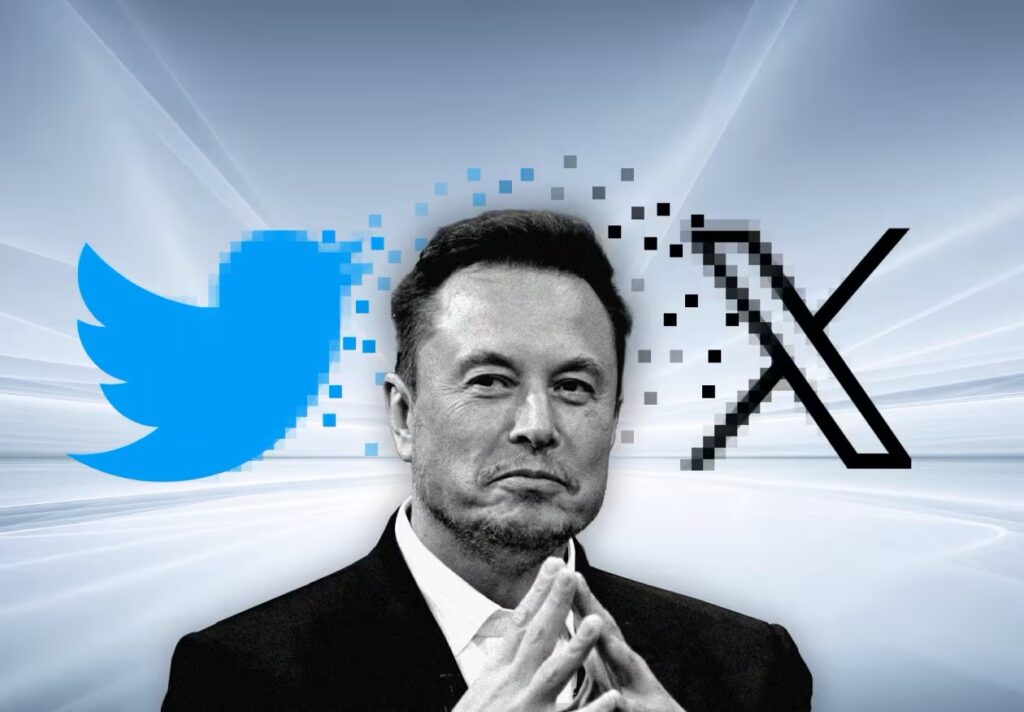Recently, tech billionaire Mark Zuckerberg has reportedly been working on Koolau Ranch, a 1,400-acre estate in Hawaii, which features an underground shelter designed to be self-sufficient in terms of energy and food supplies. While Zuckerberg denies claims that it is a doomsday bunker, the secrecy surrounding its development—workers are bound by non-disclosure agreements—has led to widespread speculation.
A similar pattern is observed among other affluent tech leaders who are accumulating land and constructing underground facilities. LinkedIn co-founder Reid Hoffman has mentioned the concept of 'apocalypse insurance,' of which he claims a significant portion of the wealthy elite partake, with many looking to countries like New Zealand as secure havens.
The desire to prepare for global crises, whether war or climate change, is prominent among these leaders. The advancement of artificial intelligence (AI) is a substantial worry as it progresses rapidly, leading figures like Ilya Sutskever from OpenAI to suggest that developing shelters for top scientists might be necessary before AGI (artificial general intelligence) is widely released. Such comments only amplify the concerns that the individuals driving this technology harbor fears regarding its potential consequences.
While many in Silicon Valley believe that AGI is closer than we think, experts remain divided on the timeline and implications of its advent. Sam Altman of OpenAI and others forecast developments within the next decade, while others caution against moving goalposts and alarmist narratives. Critics argue such debates around AGI distract from addressing immediate advancements and ethical considerations relevant to existing AI technologies.
The fears surrounding this technology, however, are not without merit. There are apprehensions over AI being used maliciously or achieving decision-making power that could endanger humanity. Regulatory bodies are beginning to respond; however, fragmented approaches across countries could prove inadequate in managing these technologies.
As the investments into survivalist infrastructures by tech billionaires indicate a palpable sense of unease, the broader public is left questioning the legitimacy of their concerns versus the potential for mass apprehension over a future dominated by machines. Could these preparations signal foreseen calamities or are they merely extravagant displays of wealth and paranoia?




















